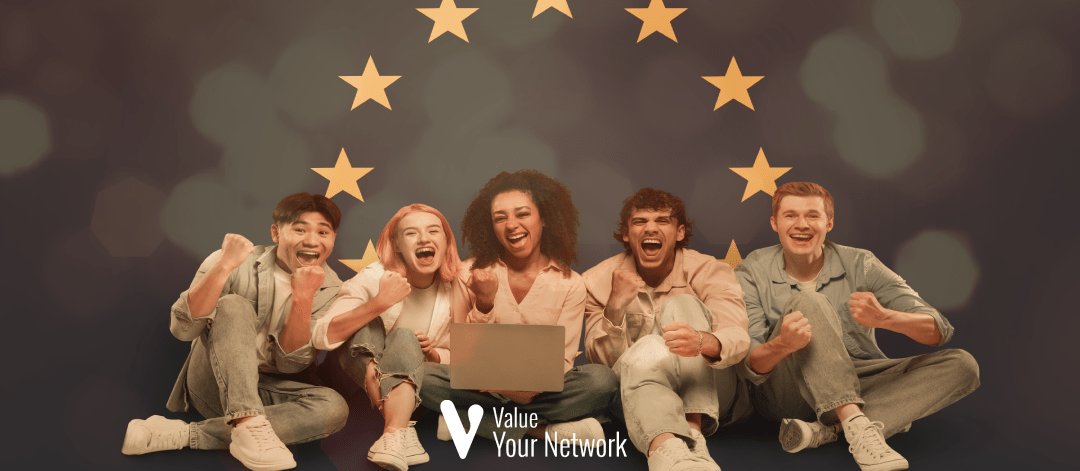Find out why influencer marketing in Europe is undergoing a revolution in 2024. Trends, budgets, challenges and opportunities in a fast-changing sector.
Influencer marketing in Europe is going through a pivotal time. As consumer habits evolve rapidly and regulations tighten, this marketing strategy is establishing itself as a key lever for brands. With a focus on ethics, transparency and impact, influencer marketing in Europe is redefining the rules of the game.
The rise of ethics and transparency in influencer marketing in Europe
In 2024, European brands are massively turning to influencer campaigns based on authenticity and responsibility. Ethics plays a central role, particularly in France and Italy, where laws and regulations on influencer practices are multiplying.
These developments are encouraged by a rise in consumer skepticism towards traditional advertising. Audiences are looking for sincere content, far from formatted speeches, and are placing greater trust in influencers capable of reflecting strong societal values. Thus, transparency in collaborations is becoming a key success factor for the influencer marketing in Europe.
The platforms that dominate influencer marketing in Europe
Instagram remains the undisputed leader of influence platforms in Europe. Its intuitive interface, its varied formats (posts, stories, real) and its powerful measurement tool make it the preferred ally of brands.
However, surprises emerge: WeChat, although mostly associated with the Asian market, is gaining popularity in countries like France and Italy. Snapchat, meanwhile, maintains a strong presence, particularly among young audiences in Germany, the United Kingdom and France, where it sometimes surpasses platforms like Twitch. TikTok, highly acclaimed, is also establishing itself as an essential platform for influencer campaigns thanks to its creative content and exceptional engagement.
These trends show that influencer marketing in Europe is adapting to increasingly diverse audiences, revealing a complex and multi-layered strategy to engage different consumer segments.
European companies' budgets: between caution and ambition
Influencer marketing in Europe has varied budgets depending on the country. Germany leads with an average investment of €5.74 million per year, demonstrating the confidence of companies in this strategy.
In contrast, Spain takes a more measured approach, with nearly 30 % companies limiting their budgets to less than €50,000 per year. France, with an average of €3.45 million, is in the middle of this scale, while the UK favours low-cost collaborations with micro-influencers.
This disparity reflects strategies tailored to the maturity of each market. It also highlights the rise of micro- and nano-influencers, who offer targeted engagement at a lower cost.
Micro-influencers at the heart of campaigns
In the European landscape, 75 % of brand collaborations focus on micro-influencers, followed by macro-influencers to 65 %. This preference is explained by their ability to generate authentic engagements and measurable returns on investment.
Nano-influencers, although less solicited (42 %), stand out in hyper-local campaigns. These collaborations allow brands to reach niche audiences, thus strengthening their connection with specific communities.
The major challenges of influencer marketing in Europe
With the rapid evolution of the sector, European companies are facing significant challenges. Measuring return on investment (ROI) remains one of the most cited issues, particularly in Spain and Italy.
In France, the balance between influencer creativity and brand image is a key issue. In Germany, choosing the right influencers is a major challenge, while the UK focuses on diversity and inclusion.
These challenges, although complex, push companies to innovate and optimize their strategies to maintain relevance in a constantly changing market.
Towards ethical and sustainable influencer marketing
Influencer marketing in Europe is moving towards greater accountability. Laws such as the “Influencers” law in France and the ethical charters required in Italy reflect a common desire to regulate the sector.
Campaigns focused on social causes, such as the environment or mental health, are gaining ground, particularly in Germany and Italy. This development marks a broader awareness of the impact that influencers can have on society.
With promising prospects, influencer marketing in Europe remains a field in full transformation, calling for more innovation, regulation and positive impact. For brands, it is essential to stay at the forefront of these trends in order to capture the attention of an increasingly demanding and informed audience.

